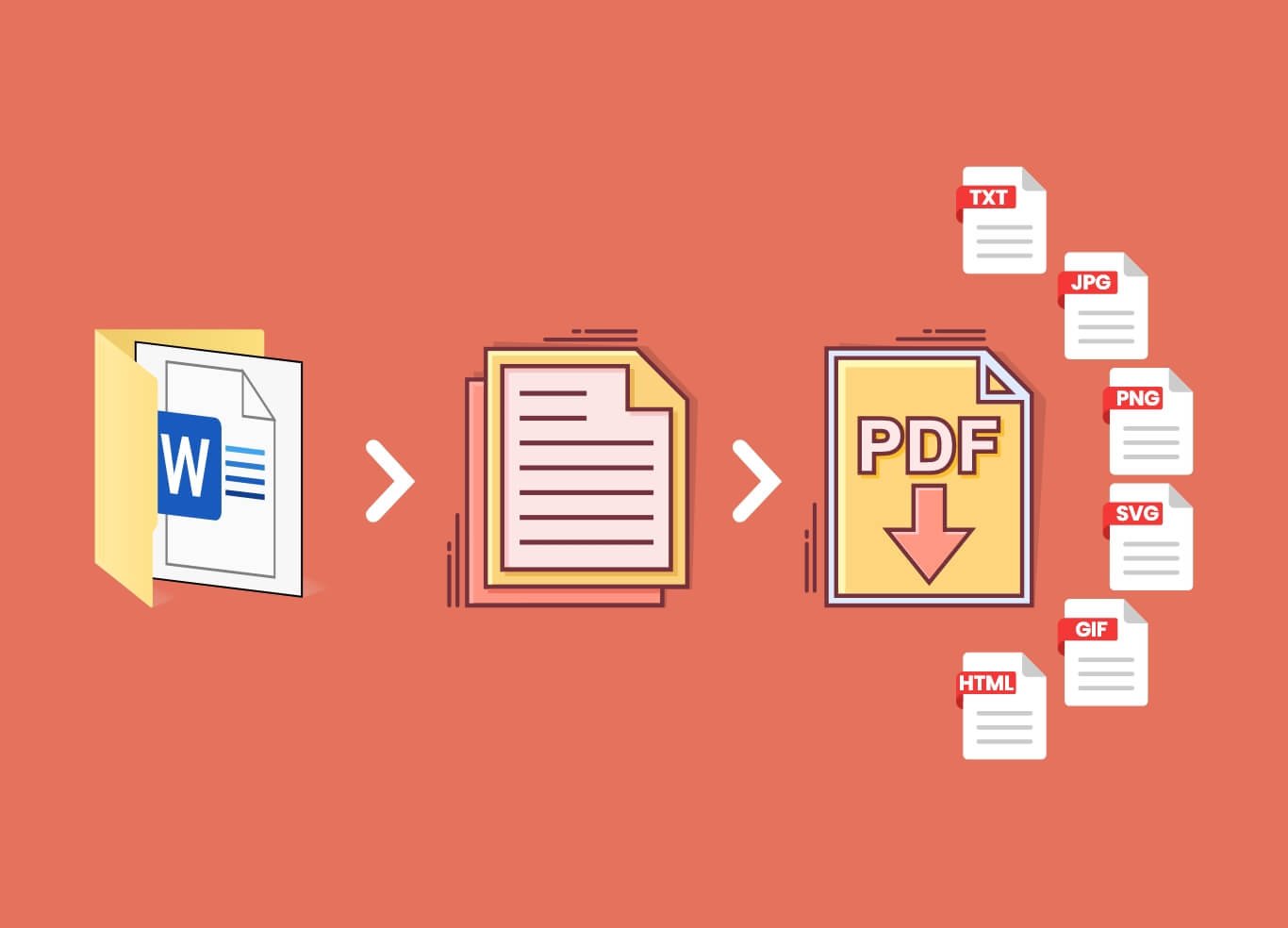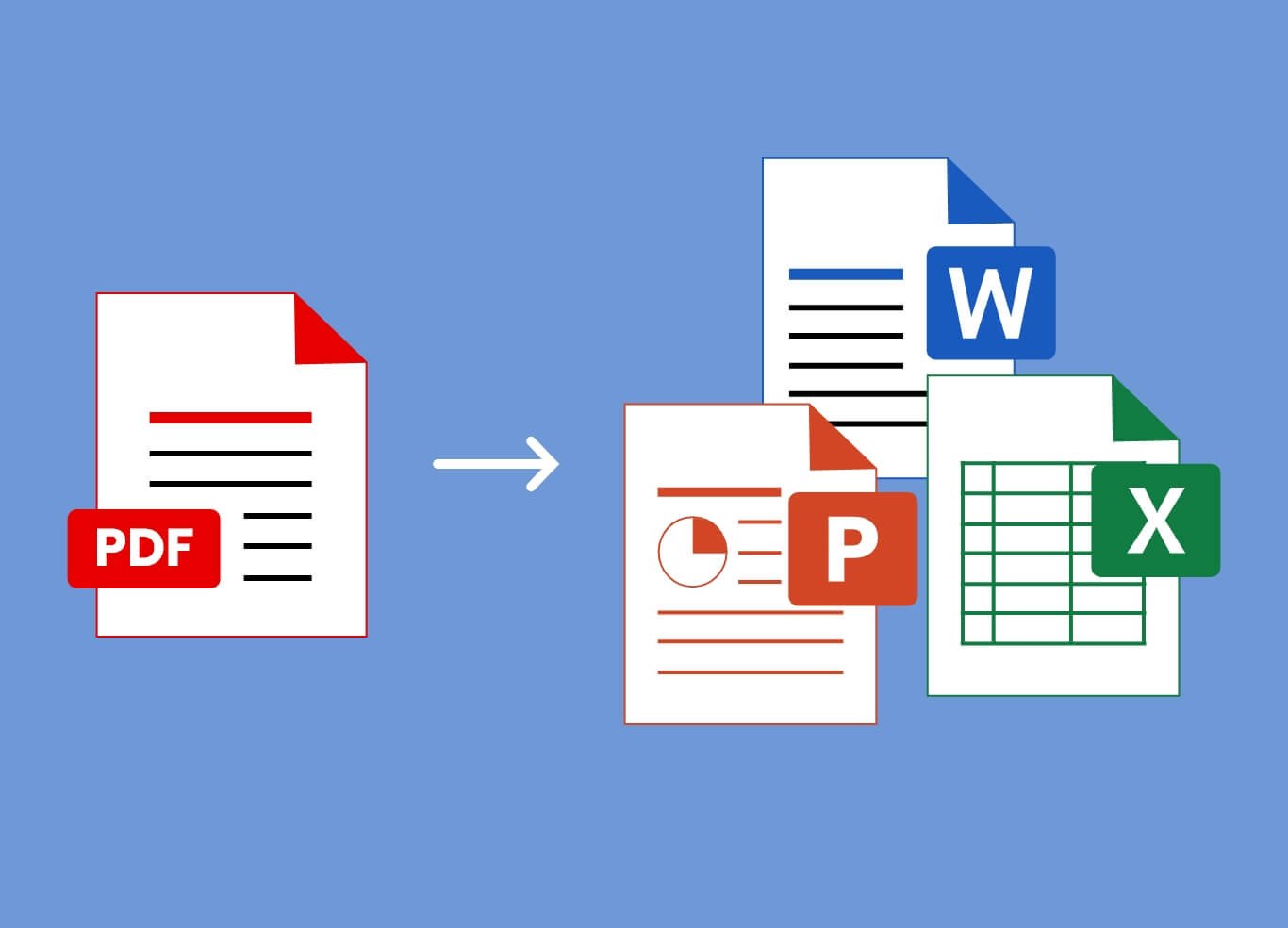The world has become data-powered today due to the growing elevation in technology. As a matter of fact, all modern businesses work on data today in order to thrive in the competitive market. However, gathering data alone will not be profitable to any organization if they don’t manage to create accurate and valuable insights. Also, if the data collection process ends up being botched, an organization can be on top of the market. Hence, unorganized data can lead to up to 65% loss in the firm. Therefore, collecting data alone is not efficient. Rather, converting the desired information into valuable and insightful data.
Since data collection in the business economy is vast, conversion of information has become an essential approach. To effectively and efficiently convert data conversion, services can adequately convert raw data into meaningful information for businesses to enable accurate decision-making. The data conversion process facilitates raw data into structured data stored in a single database that initiates easy access to information when required. Since data is generated in colossal amounts, the unstructured data becomes complex in extracting valuable insights, and managing bulk data can become complex. Therefore, to extract and make optimum use of crucial information, data conversion services streamline an organization’s daily processes without compromising the quality or consuming crucial time.
Data conversion is a challenging task. It requires definitive planning and strategies according to the type of data. The process demands specialized skills and the latest technology tools for efficient data conversion process. Also, when converting important data, it is vital to follow the steps to maintain the quality of data. Let’s deeply understand the correct data conversion approach.
Reduce inefficiencies by Reliable Data Conversion Services
Steps to Follow for Data Conversion Service
Data conversion has gained adequate attention in the business world. Data can be generated in various formats; however, with data conversion services, the crucial data can be converted from one format to another and stored in a single database. To accurately do that, data conversion companies help organizations achieve their goals with the help of structured, accurate data stored in a single database for easy information access. When data is transformed, businesses can efficiently analyze, process, and utilize it for different operations. It is more challenging than it sounds. It requires certain steps to follow that helps to gain desired outcomes. Following is the basic guide to the data conversion process.

Step 1 – Conversion Needs
The foremost step is to identify the specific needs to achieve before data conversion. It is vital to define any data conversion requirements, such as the type of format, structure, specific guidelines, or any other exigencies. This can initiate the data conversion process efficiently and accurately. Moreover, the following are things to consider while defining the conversion requirements.
- Identifying all data to be converted
- Desired Structure and Format
- Organize guidelines for the process
Step 2 – Evaluate the Source Data
The next step is analyzing the data quality, completeness with the target device to ensure its compatibility. The process tracks errors such as missing data, duplicate data, or any other issue. Evaluating source data ensures the accuracy in process of the data conversion and prevents apparent loss or errors before the conversion.
Step 3 – Data Standards
Once the evaluation is done, setting standards is the next step. It is a time-consuming and complex task involving avoiding errors. Setting standards for the conversion process allows businesses to identify potential mistakes, make corrections, and save a lot of resources from going exhausted with the process.
Step 4 – Extract Source Data
Data conversion service involves data extraction from the target system or application. This step involves selecting appropriate methods and specific data sources.
Step 5 – Convert Data
This step involves converting the unstructured data into a structured format. It is accurately done with updated tools, software and expertise skills. Data experts ensure that the converted information is compatible, complete, and accurate with the device.
Step 6 – Cleaning and Maintain Data
The final step is the cleaning and maintaining the data which is critical once converted. This enhances the accuracy and consistency. It enables data quality by updating the database with new details.
The steps mentioned above can be altered according to the type of business and its data. However, these steps of data conversion service are the standard steps that are majorly used to execute the process accurately.
Final Words
Data conversion approaches have been a prominent service for businesses to align bulk data. With that, remember that data conversion plays a pivotal role in enhancing the business operational efficiency, improving data quality, and organizing the data in a structured and formatted manner to gain valuable business insights for a further ball game. UniquesData provides efficient data conversion services for various sectors at affordable pricing.



